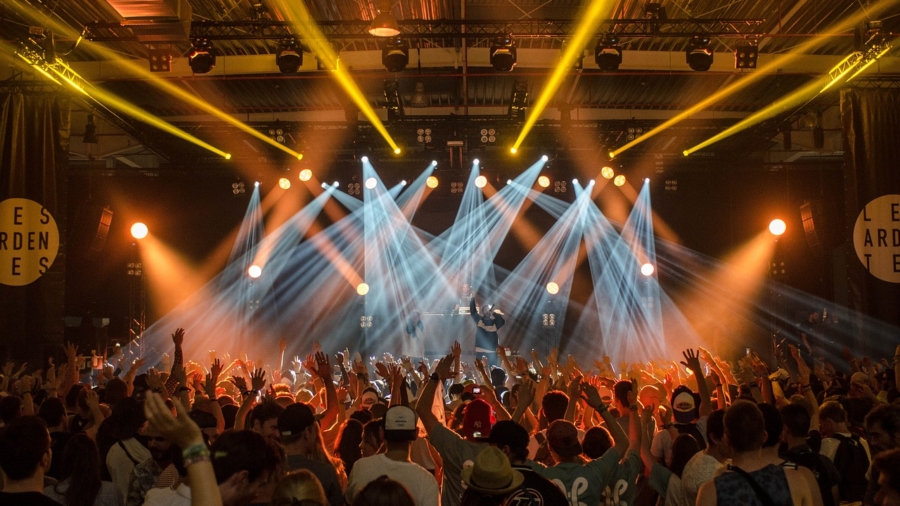Event photography can be both exciting and challenging. Capturing the essence of an event requires a keen eye, creativity, and a solid understanding of photography techniques. Whether it’s a wedding, corporate gathering, birthday party, or concert, knowing how to take unique and memorable shots is crucial. In this blog post, we’ll explore top photography ideas to help you capture creative shots at events.
Table of Contents
Understanding the Event
1. Know the Schedule
Before the event, familiarize yourself with the schedule. Knowing the key moments, such as speeches, performances, or special ceremonies, ensures you’re in the right place at the right time. This preparation allows you to plan your shots and not miss any important moments.
2. Scout the Venue
Visit the venue ahead of time if possible. This helps you understand the lighting conditions, layout, and potential spots for great shots. Pay attention to both indoor and outdoor settings, as they will affect your camera settings and equipment choices.
Essential Equipment
3. Camera and Lenses
Choose a versatile camera that performs well in different lighting conditions. A DSLR or mirrorless camera with a range of lenses will give you the flexibility to capture various types of shots, from wide-angle to close-ups.
4. Tripod and Monopod
A tripod can be essential for low-light conditions and long-exposure shots. A monopod, on the other hand, offers stability while allowing you to move quickly and easily, making it perfect for dynamic events.
5. External Flash
An external flash is crucial for indoor events or low-light situations. It provides additional lighting and helps eliminate harsh shadows, making your subjects look their best.
Creative Photography Ideas
6. Candid Shots
Candid shots capture genuine emotions and spontaneous moments. Instead of posed pictures, focus on people interacting naturally. These shots often tell the real story of the event and are cherished by clients.
7. Detail Shots
Capture the little details that make the event unique. This could include decorations, food, invitations, or even the expressions on people’s faces. These shots add depth to the event’s narrative.
8. Aerial Shots
If the venue and event size allow, use a drone to capture aerial shots. This perspective provides a unique overview of the event and can be especially impressive for outdoor gatherings.
9. Black and White Photography
Black and white photos can add a timeless and artistic feel to your shots. They are particularly effective for capturing emotions and dramatic moments.
10. Use Reflections
Look for reflective surfaces like mirrors, windows, or water. Reflections can add a creative twist to your shots, making them more intriguing and visually appealing.
Technical Tips
11. Master Your Camera Settings
Understanding your camera settings is crucial. Adjust the ISO, aperture, and shutter speed according to the lighting conditions and desired effect. Practice shooting in manual mode to gain full control over your shots.
12. Use the Rule of Thirds
Compose your shots using the rule of thirds. This involves dividing your frame into nine equal parts and placing your subject along these lines or at their intersections. It creates a balanced and visually appealing composition.
13. Play with Depth of Field
Experiment with depth of field to make your subject stand out. A shallow depth of field (large aperture) can blur the background, drawing attention to the subject, while a deep depth of field (small aperture) keeps everything in focus.
14. Capture Movement
Use slow shutter speeds to capture movement creatively. This technique is great for showing the energy of an event, such as dancing or sports activities. Be sure to use a tripod to avoid camera shake.
Post-Processing Tips
15. Edit with Care
Post-processing can enhance your photos, but don’t overdo it. Adjust brightness, contrast, and color balance to improve the overall look, but keep it natural. Use software like Adobe Lightroom or Photoshop for professional results.
16. Create a Cohesive Gallery
When delivering photos to your client, ensure they tell a cohesive story. Arrange them in a logical order, highlighting key moments and emotions. A well-curated gallery enhances the overall impact of your work.
FAQs
Q1: What camera settings are best for event photography?
A1: It depends on the lighting and the moment you’re capturing. For low light, use a higher ISO and a wide aperture. For action shots, use a faster shutter speed.
Q2: How can I capture candid shots without being intrusive?
A2: Use a longer lens to capture moments from a distance. Be discreet and blend into the background to avoid drawing attention to yourself.
Q3: Should I use RAW or JPEG format?
A3: Shooting in RAW format is recommended because it provides more flexibility in post-processing, allowing you to correct exposure and white balance more effectively.
Q4: How can I make sure I don’t miss important moments?
A4: Familiarize yourself with the event schedule and anticipate key moments. Stay alert and ready to capture action at all times.
Conclusion
Capturing creative shots at events requires preparation, the right equipment, and a keen eye for detail. By understanding the event, mastering your camera settings, and exploring creative photography techniques, you can create stunning and memorable photos. Remember to keep experimenting and refining your skills to keep your photography fresh and exciting.


Add a Comment